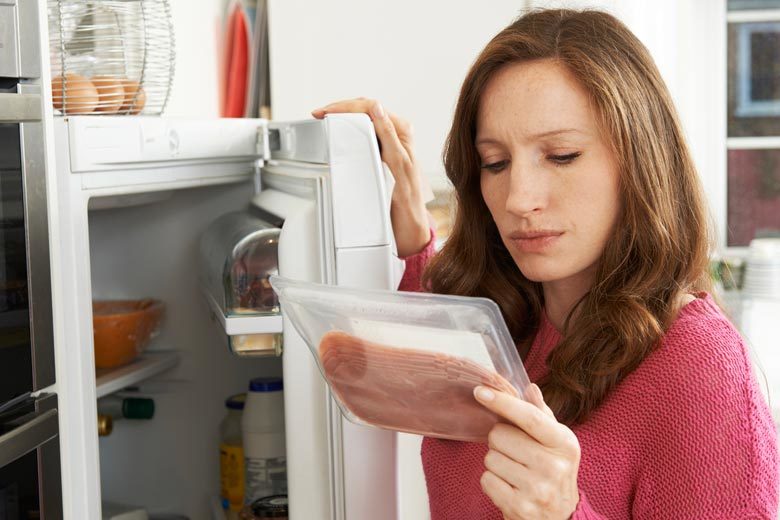
I sleepily walk to the refrigerator, grab the container of yogurt and realize that yesterday’s date is staring me in the face. Is there mold or something furry growing on it? Does it smell less than fresh? Has it magically gone bad overnight? Should food safety suddenly be a concern?
This may happen more often than any of us would like to admit. We stock up on food, but here comes the weekend and suddenly we are regrettably tossing what we bought and possibly haven’t even opened yet. Confusion over date labeling leads to billions of pounds of food waste every year. ![]() Before you throw out more food, here are a few key details and explanations of the main differences between the “use by,” “sell by,” and “best by” dates:
Before you throw out more food, here are a few key details and explanations of the main differences between the “use by,” “sell by,” and “best by” dates:
Dating Food is Voluntary
The Food and Drug Administration (FDA) does not require dates on food products. In most states, the only items legally required to be date-labeled are infant formulas.
Food Can be Sold After the Expiration Date
There is no legal requirement to remove food after the expiration dates — they are thought to only be a suggestion and left to the discretion of the manufacturer.
Use By Date
This directs consumers to the date by which a product should be eaten for peak quality and is not reflective of safety. Use by dates are typically found on shelf-stable products such as packaged dry goods and condiments, and are determined by the manufacturer.
Best if Used By/Before Date
This directs consumers to the date by which a product should be eaten for ideal quality and flavor, and is not reflective of safety. For example, crackers may eventually taste stale and consumers may notice minor changes in flavor or texture of an item, but they may still be safe to consume. Best by dates are often found on shelf-stable products.
Sell By Date
This directs retailers to the date by which a product should be sold or removed from the shelf, and is not reflective of safety. One-third of a product’s shelf life usually remains after the sell by date for at-home consumer use. Sell by dates are typically found on perishable items such as bread, dairy, meat, seafood and poultry. If a consumer purchases the item before the sell by date, the product should be safe beyond this date as long as it has been stored properly.
Below are some common food products and the average consumable time after the sell by date:
Yogurt: approximately 5-7 days
Milk: up to one week
Eggs: 3-5 weeks
Red meat/pork: cook/freeze within 3 days
So, bottom line, food doesn’t have to be thrown out right away if the date printed on the packaging has passed. Use your own judgment and refer to the details above and things will likely be safe. And be sure to put things like meat and poultry in the freezer if you are not going to eat it within the allotted time.




